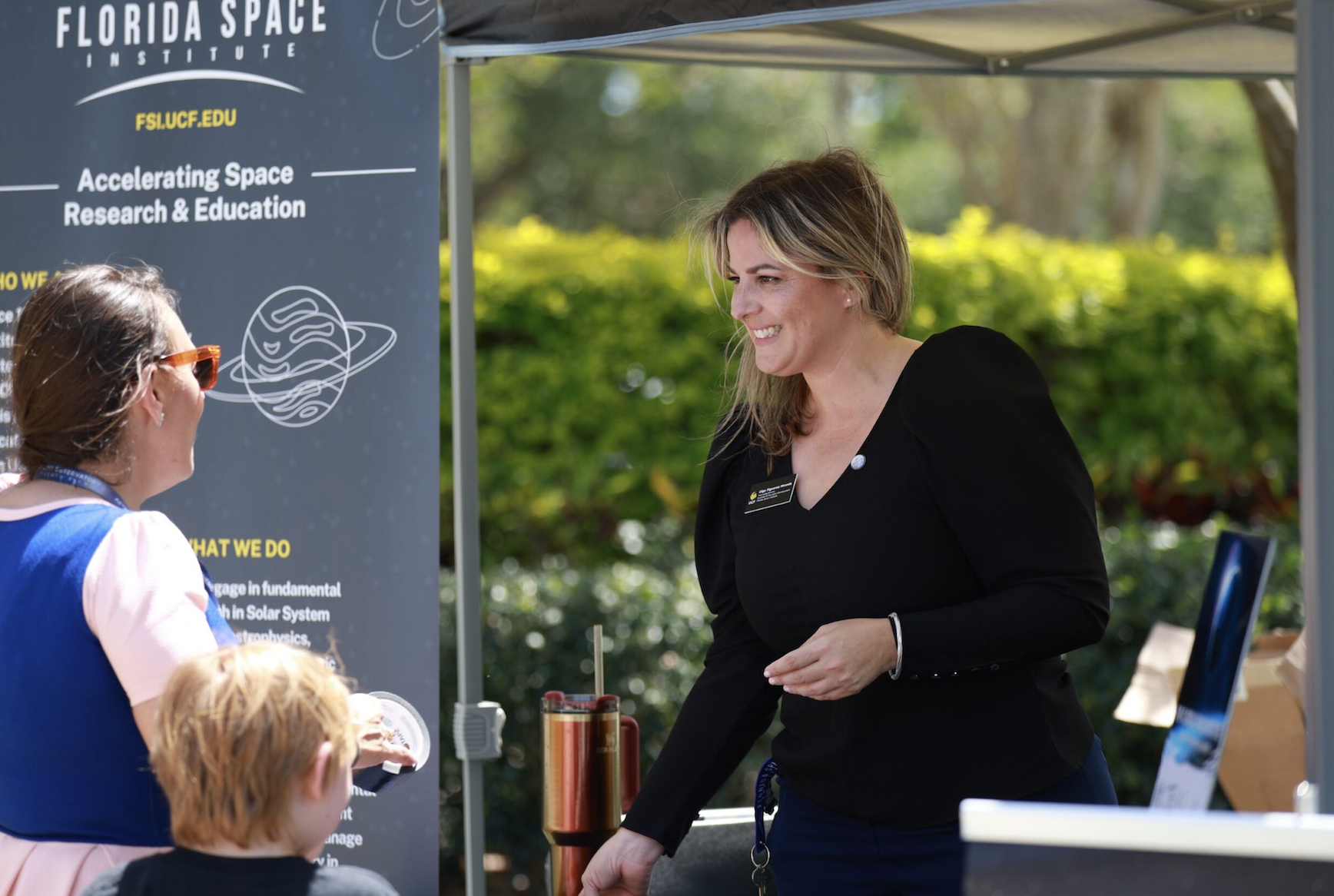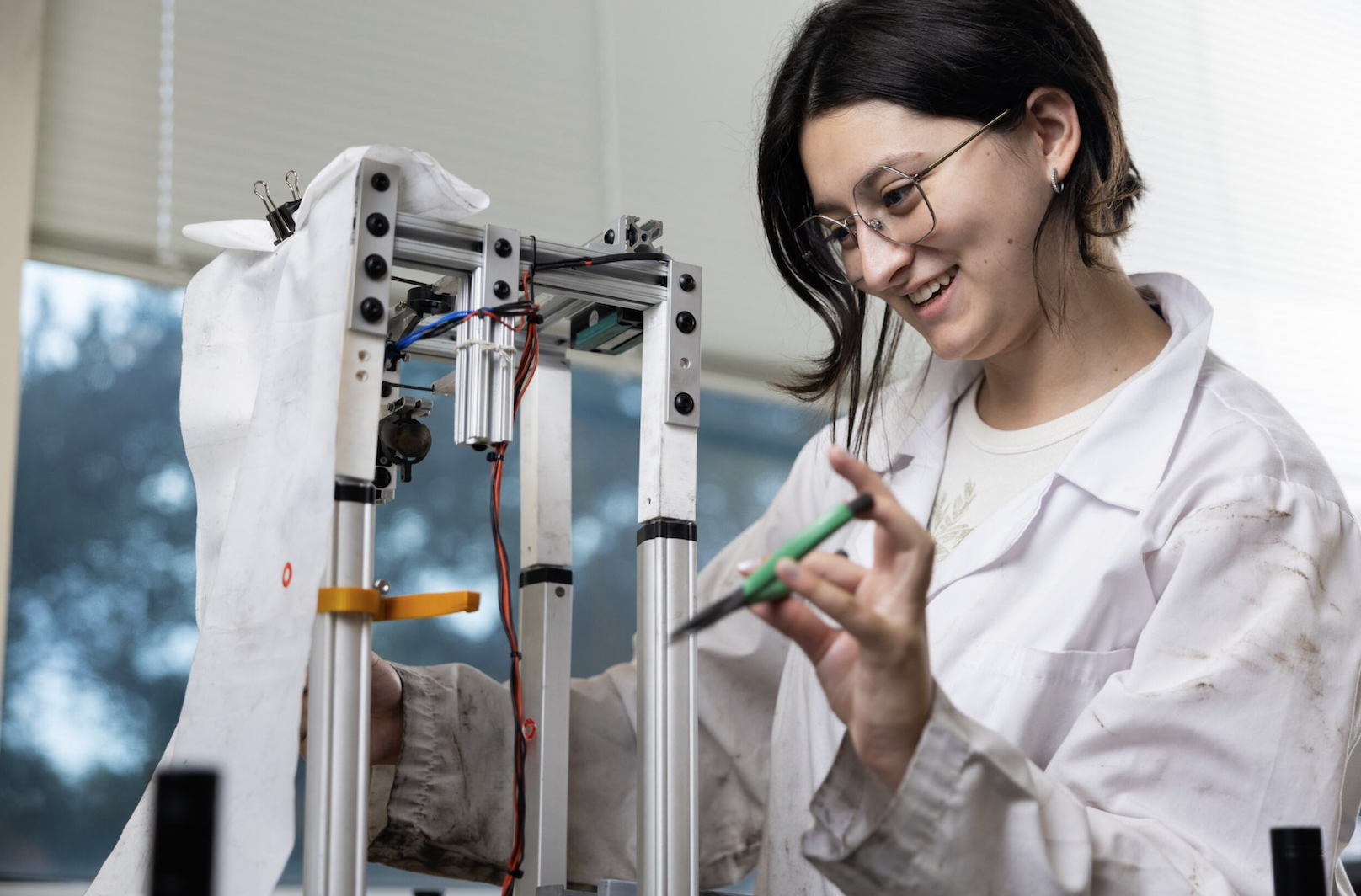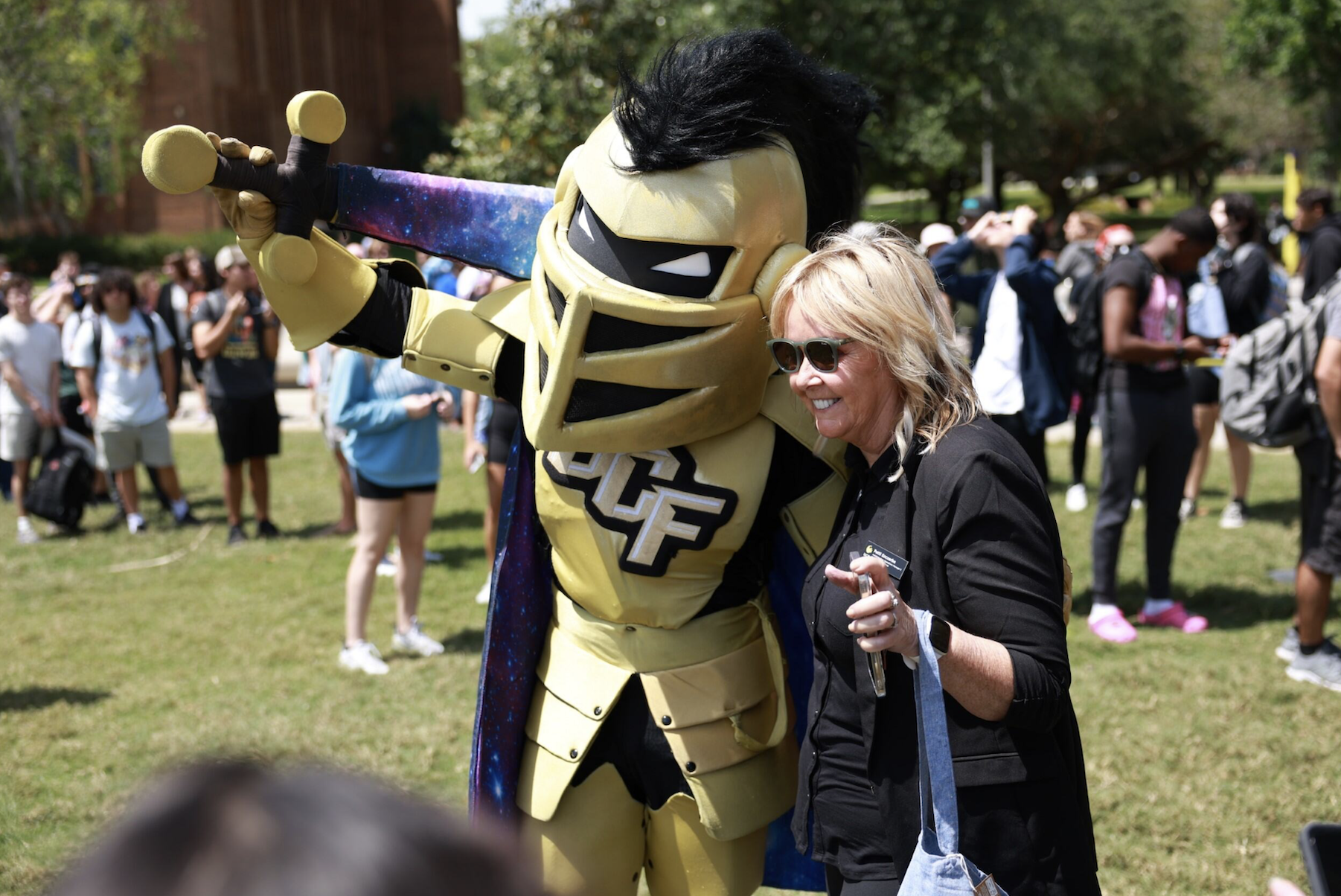MEET THE TEAM: ESTELA FERNANDEZ VALENZUELA, PH.D.

ESTELA’S BIOGRAPHY
Estela Fernández-Valenzuela is an assistant scientist at the Florida Space Institute. She completed her degree in Physics at the Complutense University of Madrid. She received a Master’s degree in Astrophysics at the same university while collaborating with the University of Jaén, studying blazars with photometric techniques. Thereafter, she moved to the Instituto de Astrofísica de Andalucía in Granada, where she carried out research activities that led her to her Ph.D. in Physics and Space Science from the University of Granada. Her thesis dealt primarily with the application of photometry at optical wavelengths to the study of trans-Neptunian objects (TNOs) and centaurs.
Estela has also used Hubble Space Telescope to study the color of objects and evaluate whether some objects are members of the Haumea family. With the James Webb Space Telescope she obtained Guaranteed Time Observations to confirm the existence of Varuna’s satellite with direct imaging.
ESTELA’S RESEACH
Her research interest is the study of the origin of the Solar System, including how it was formed and which physical processes were responsible for the actual conditions. More precisely, she is interested in the small objects orbiting in the outer part of the Solar System, those called trans-Neptunian objects. She is an expert in the use of photometric techniques to analyze the rotational light curves of these objects. Through this technique, different physical parameters, such as rotational period, and shape can be obtained. The study of rotational light-curves also allow for the detection of close-in satellites that can not be observed by direct imaging, as was the case of Varuna’s satellite. She is also very interested in the stellar occultation technique, which has been successfully used in the last few years to obtain information on the accurate size and shape of small bodies and to extract information about their interior. This technique enabled the discovery of Haumea’s ring, the first ring observed around a trans-Neptunian object. Estela was a co-author and co-discoverer of this breakthrough
Additionally, Estela used Spitzer Space Telescope date to study the surface composition of TNOs.
EXPLORE ESTELA’S WORK AT FSI
EXPLORE WHAT FLORIDA SPACE INSTITUTE HAS TO OFFER

OPERATIONS
Get involved in our operations and help us continue the good we do for mankind.

RESEARCH
Explore the institute’s world-leading research and our contributions to the continued understanding of space.

EDUCATION
The central hub for students and the local community, working together with the University of Central Florida.